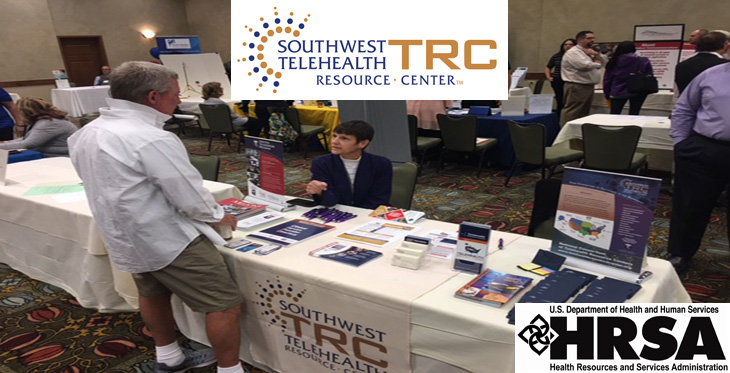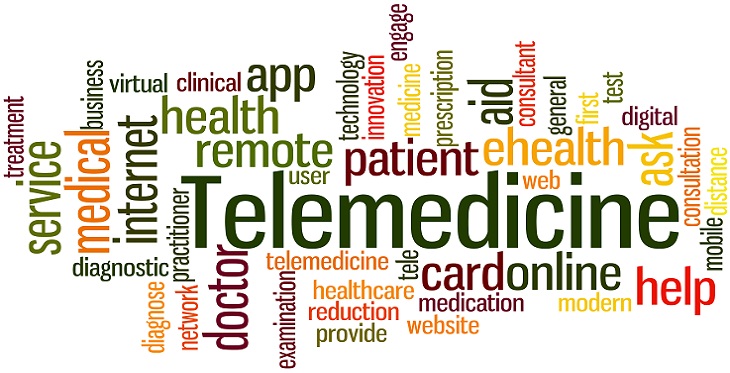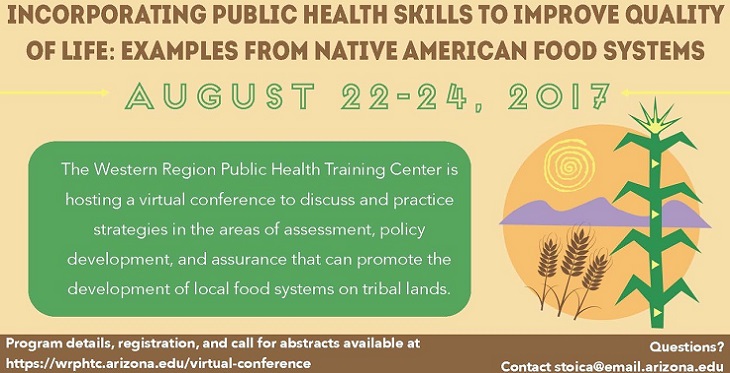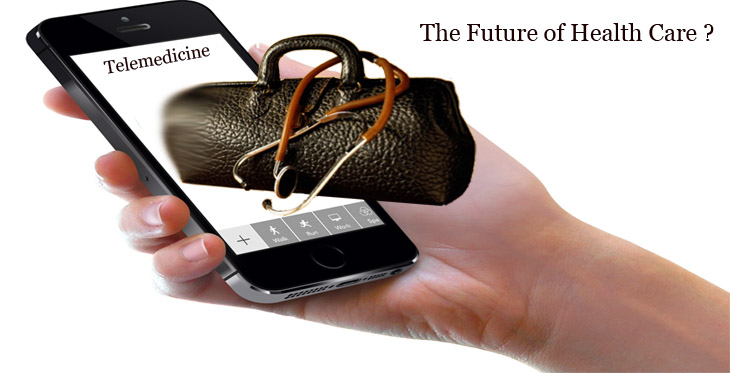2-1-1: The Right Call For People Needing Help
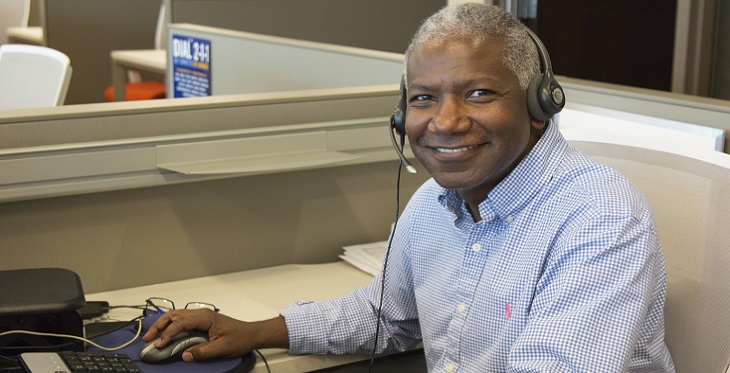
It wasn’t just the temperature that surged in Phoenix last summer.
From April 1 through September, as temperatures climbed to as high as 119 degrees, the staff at 2-1-1 Arizona responded to more than 25,000 phone calls, the great majority of them from people asking for help paying their electric bills.
2-1-1 programs are a free and confidential service accessible to more than 90 percent of Americans. In addition to people seeking financial assistance with utility bills, 2-1-1 programs hear from people needing assistance with rent payments, food boxes, healthcare, child care, finding jobs and other needs.




